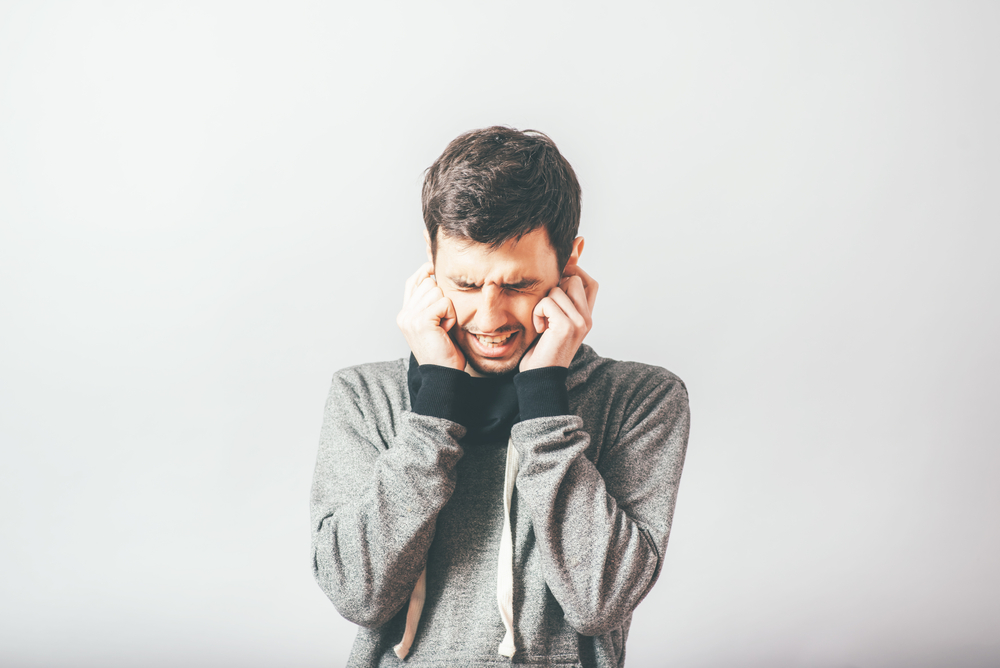Social-Environmental Factors Contribute to Self-Injury Behavior in Fragile X, Study Finds

Social-environmental variables can influence self-injury behavior in a large proportion of boys with fragile X syndrome, according to researchers.
Their study, “Examining the influence of social-environmental variables on self-injurious behaviour in adolescent boys with fragile X syndrome,” was published in the Journal of Intellectual Disability Research.
Fragile X syndrome is the most common form of inherited intellectual disorder. A significantly high number of fragile X patients display behavior intended to harm themselves, such as self-hitting and self-biting.
Studies have shown that as many as 60-80% of fragile X patients show this type of behavior, sometimes causing minor injuries to themselves and substantially affecting their well-being.
In addition to self-injury behavior, many patients also demonstrate aggression.
While several studies have focused on the connection between genetic factors associated with fragile X and an increased occurrence of self-injuries, few have looked at the role of social-environmental factors and their influence on these types of behaviors.
Some studies suggest that fragile X patients try to hurt themselves as a way to escape social interaction with others, task demands, and unexpected transitions (when a patient has to stop an activity and move to another one).
Here, 22 adolescent boys ages 10-18 with fragile X were exposed to seven environmental conditions in a functional analysis of self-injury behavior conducted over two days at a Stanford University research center.
Functional analysis is widely used as a method of identifying variables that contribute to self-harming behavior. It involves repeatedly exposing an individual to several specific tests and control conditions that simulate the natural environment, including being ignored, or given attention.
Fourteen participants (63.6%) engaged in self-injury behavior during the functional analysis.
Eight (36.4%) boys showed aggressive behavior in the functional analysis, and three (13.6%) showed aggressive and self-harming behavior together.
Ten participants (45.5%) engaged in self-injury behavior that was maintained by social-environmental variables. This included getting attention and highly preferred tangible items, escaping from social interactions, task demands, and transitions from one activity to another.
For two boys, self-harming occurred regardless of whether they were in a test or control condition.
For two other boys who were hurting themselves, their behavior appeared to be maintained by automatic reinforcement — when a participant is left alone or ignored with nothing to do.
“Social-environmental variables appeared to maintain SIB [self-injurious behavior] in a significant proportion of boys with FXS [fragile X syndrome],” the researchers wrote.
“Given that pharmacological treatments for SIB have limited efficacy in this population, the potential role of social-environmental factors on SIB should be examined before pharmacological treatments are implemented for these behaviors.
“It is important, therefore, not to discount the significant role that social-environmental variables may play in the maintenance of these behaviors, even in populations of individuals with known genetic risk for SIB,” they added.






